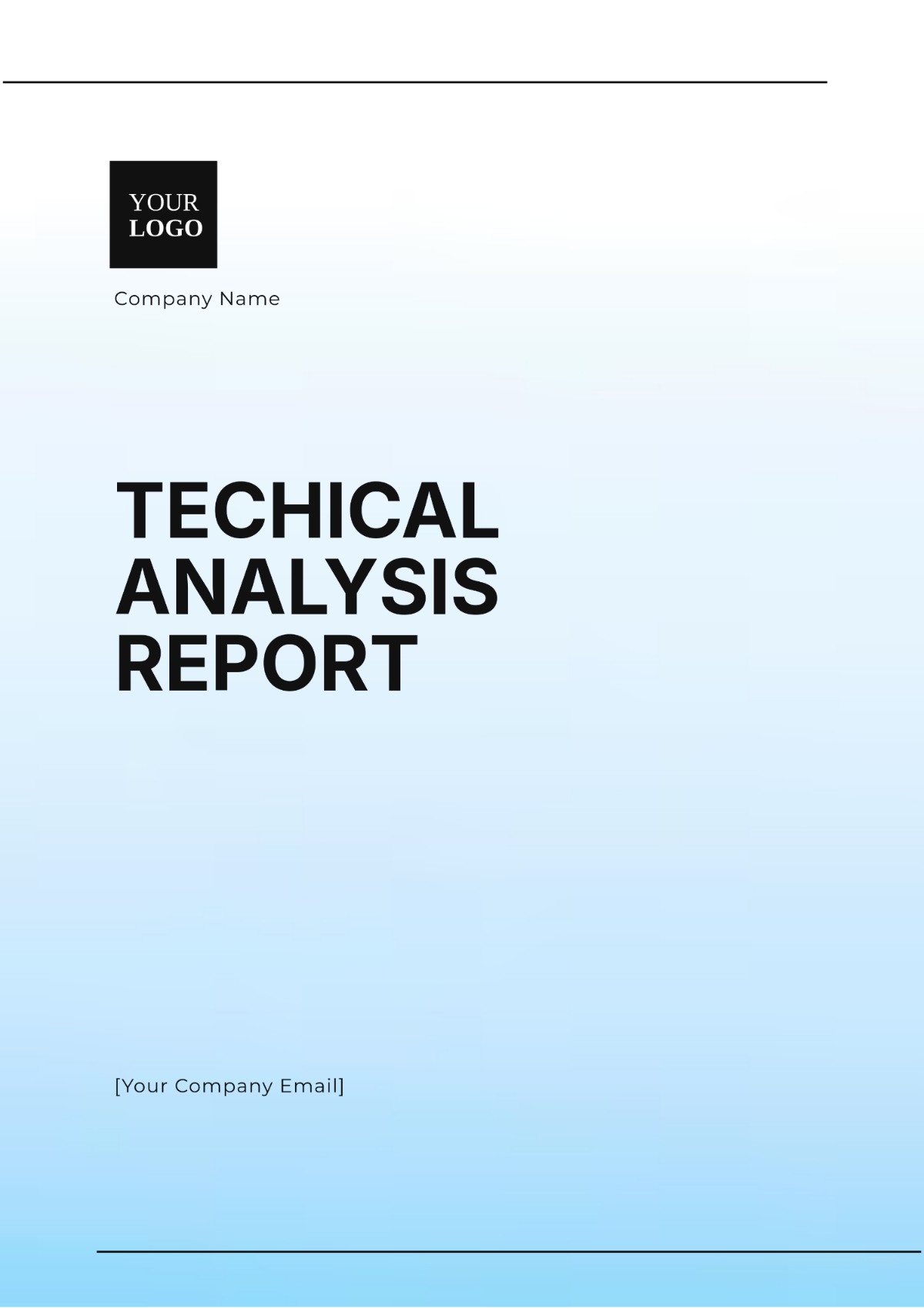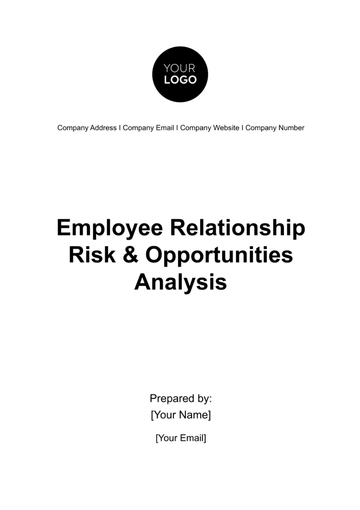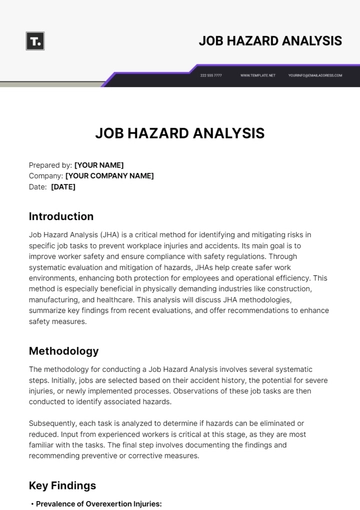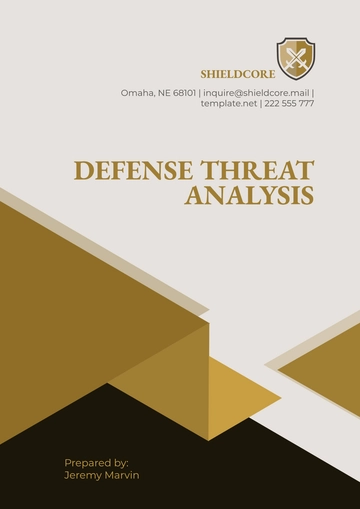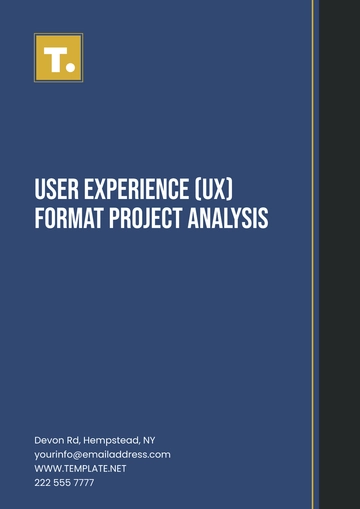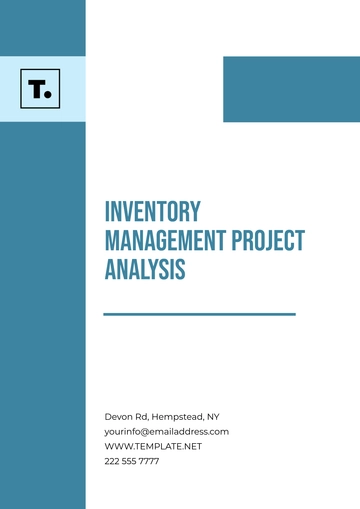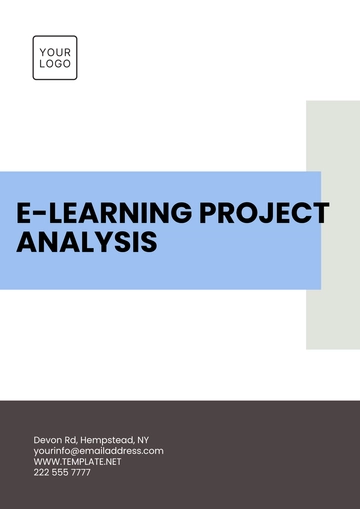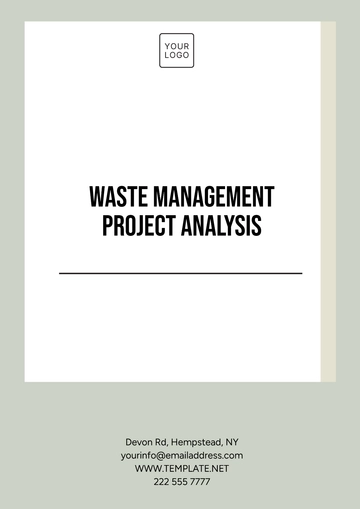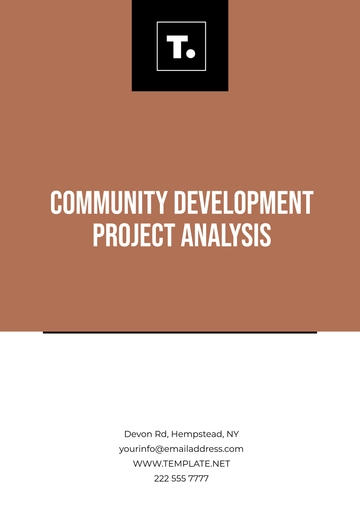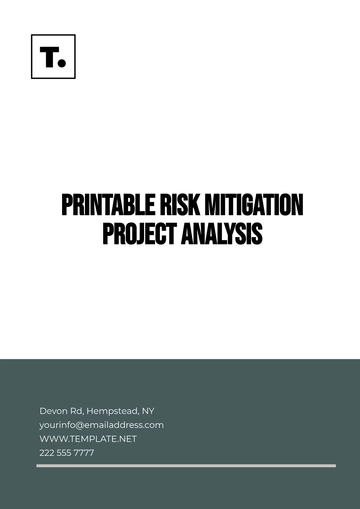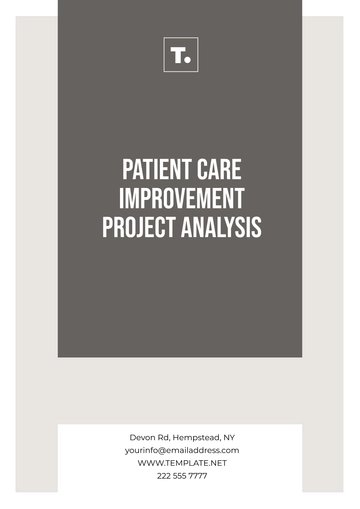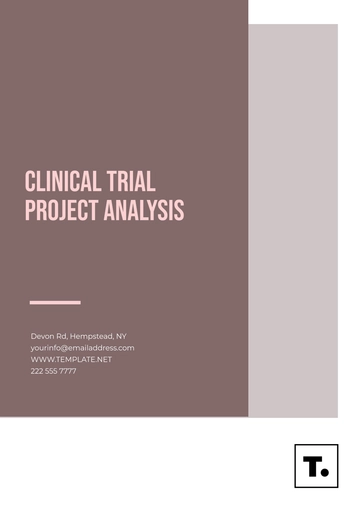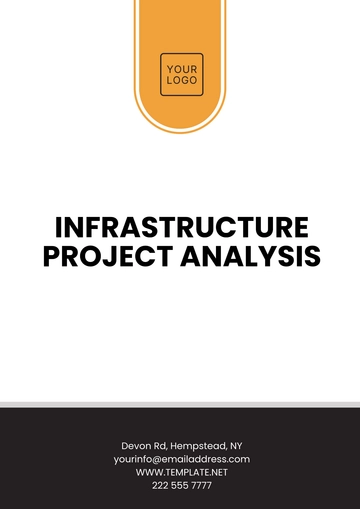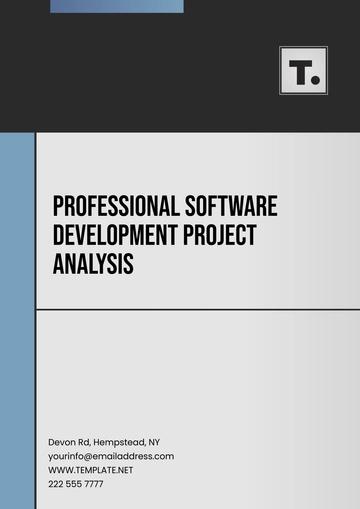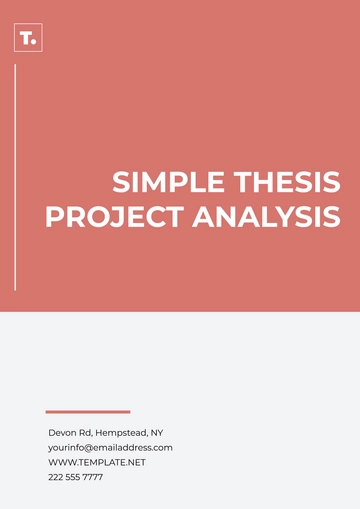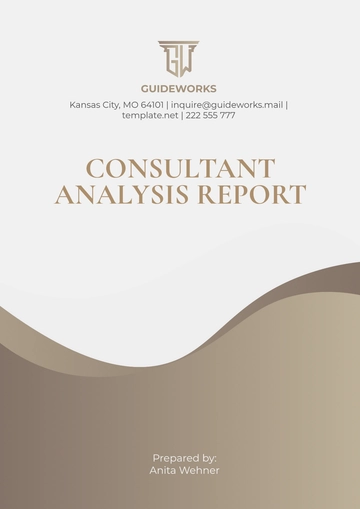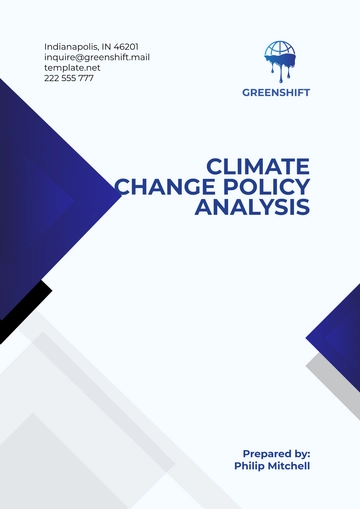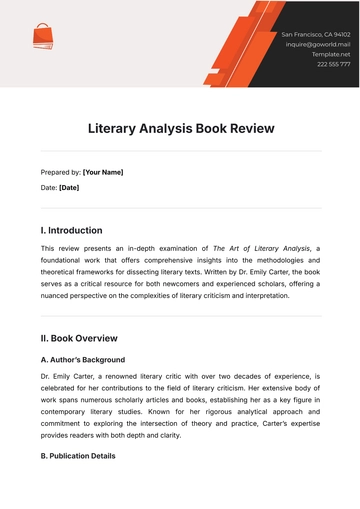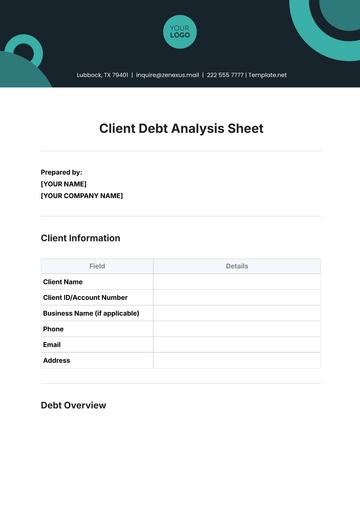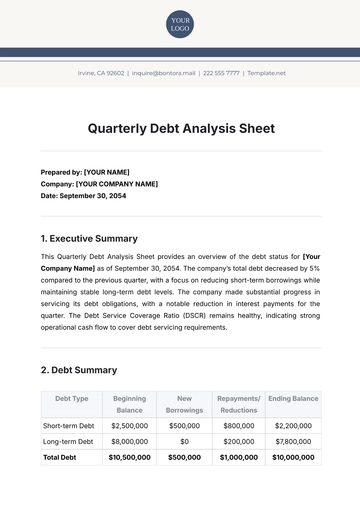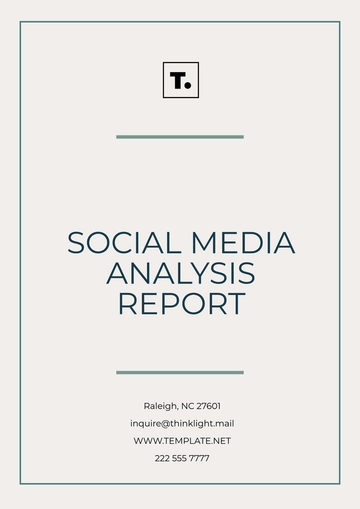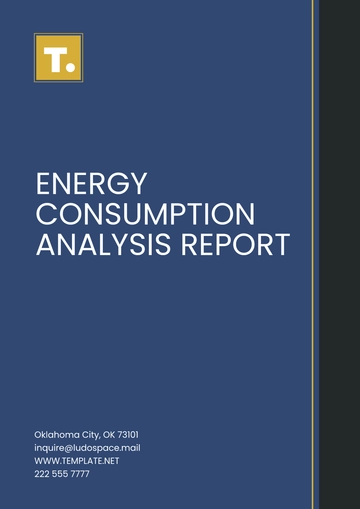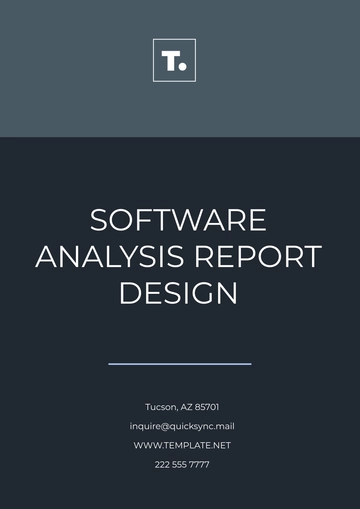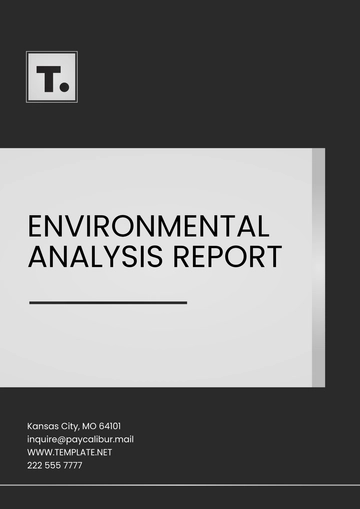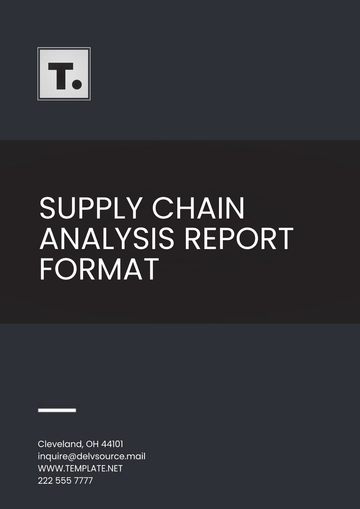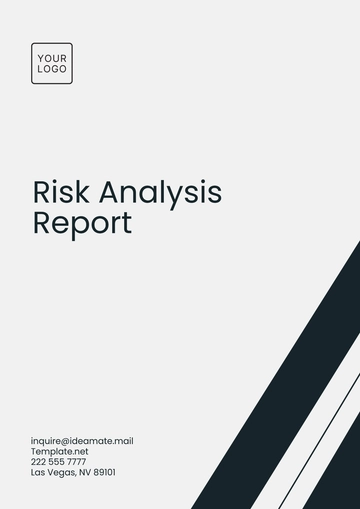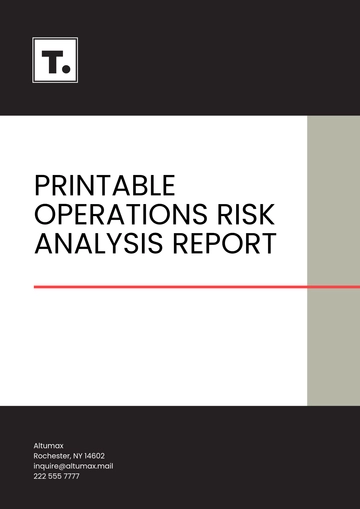Technical Analysis Report
Prepared by: [YOUR NAME]
For: [YOUR COMPANY NAME]
Date: October 2, 2055
1. Executive Summary
This Technical Analysis Report presents an in-depth evaluation of the CyberSecure AI Platform implemented by [YOUR COMPANY NAME]. The analysis focuses on performance, stability, scalability, and security, with attention to potential risks in the face of increasing cybersecurity threats and growing data demands. Recommendations are provided for optimizing system performance, enhancing security protocols, and ensuring future scalability to meet operational needs through 2065.
2. Introduction
The objective of this report is to analyze the technical aspects of the CyberSecure AI Platform, deployed in 2050 by [YOUR COMPANY NAME], which provides real-time cybersecurity monitoring for large-scale cloud infrastructures. This analysis assesses the platform’s current performance and identifies potential risks and areas for improvement, ensuring it remains capable of handling increasing data volumes and cyber threats projected through 2065.
3. Methodology
The analysis was conducted through the following process:
Tools Used:
Performance Monitoring: Grafana, Prometheus
Stress Testing Software: Apache JMeter, Locust
Risk Assessment Framework: ISO/IEC 27005
4. Technical Analysis
4.1 System Architecture
The CyberSecure AI Platform employs a microservices architecture based on Kubernetes, designed to process up to 500,000 security events per second. This architecture allows for modular updates, seamless scaling, and effective failover mechanisms.
Strengths:
Weaknesses:
4.2 Performance Metrics
The following key performance metrics were observed:
4.3 Scalability
The system currently handles a 35% increase in traffic with minimal performance degradation. However, without an overhaul of the database architecture, it will be unable to support anticipated traffic surges beyond 2060, when data volumes are expected to triple.
4.4 Security
Several security vulnerabilities were identified in the encryption protocols and API access points:
Recommendations:
5. Risk Analysis
The following risks were identified during the evaluation:
6. Recommendations
To ensure the CyberSecure AI Platform meets future needs, [YOUR COMPANY NAME] should implement the following:
Database Migration: Transition from a centralized to a distributed database architecture by 2057, ensuring scalability beyond current traffic projections.
Security Enhancements: Implement quantum-resistant encryption protocols by 2060 and secure all API endpoints with MFA.
Automated Scaling: Adopt serverless computing frameworks that allow dynamic scaling based on traffic patterns.
Monitoring and Alerting: Upgrade performance monitoring systems to include predictive analytics, which will help anticipate system bottlenecks and failures before they occur.
7. Conclusion
The CyberSecure AI Platform remains robust but requires immediate attention to scalability and security challenges to meet the demands of increasing data volume and emerging cybersecurity threats. With strategic investments in database migration, enhanced encryption, and automated scaling technologies, [YOUR COMPANY NAME] will ensure long-term viability and competitiveness of the platform through 2065.
8. Appendices
Appendix A: Performance Data Tables
Metric | Value | Notes |
|---|
Avg Response Time | 200ms | Efficient under normal load |
Peak Throughput | 450,000 events/sec | Requires database upgrade for sustained throughput |
Error Rate | 0.3% | Acceptable, but should be reduced below 0.1% |
Appendix B: Risk Matrix
Risk | Likelihood | Impact | Mitigation Strategy |
|---|
System Bottleneck | High | High | Migrate to Distributed DB |
Data Breach | Medium | Medium | API Security Enhancements |
Scaling Failure | High | High | Invest in Serverless Computing |
Report Templates @ Template.net
